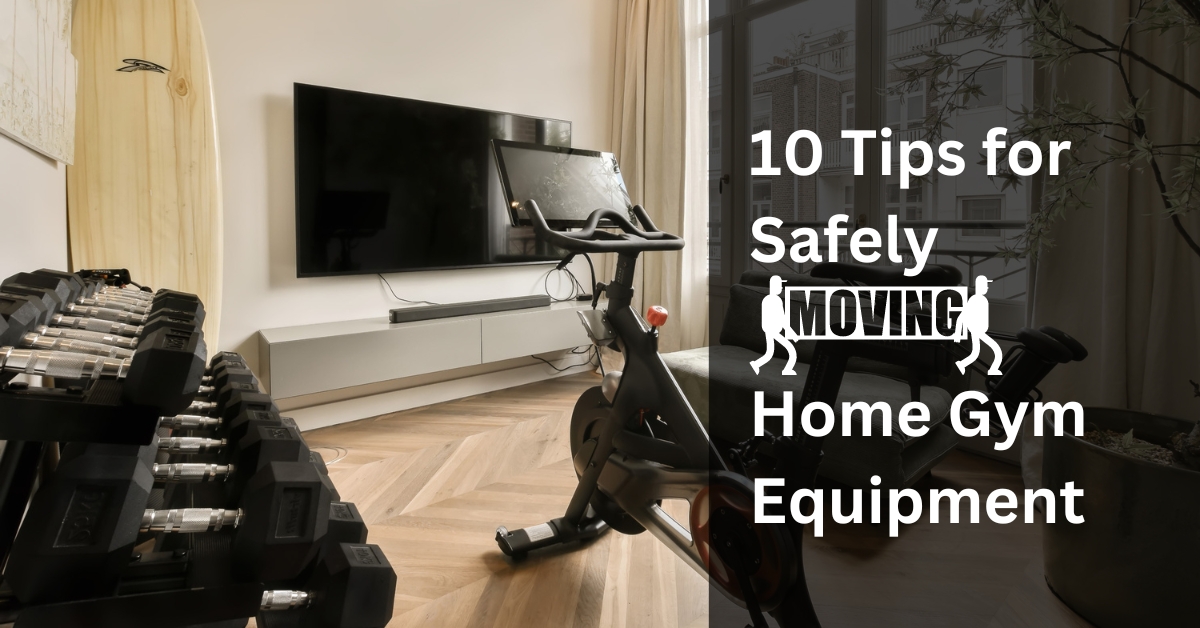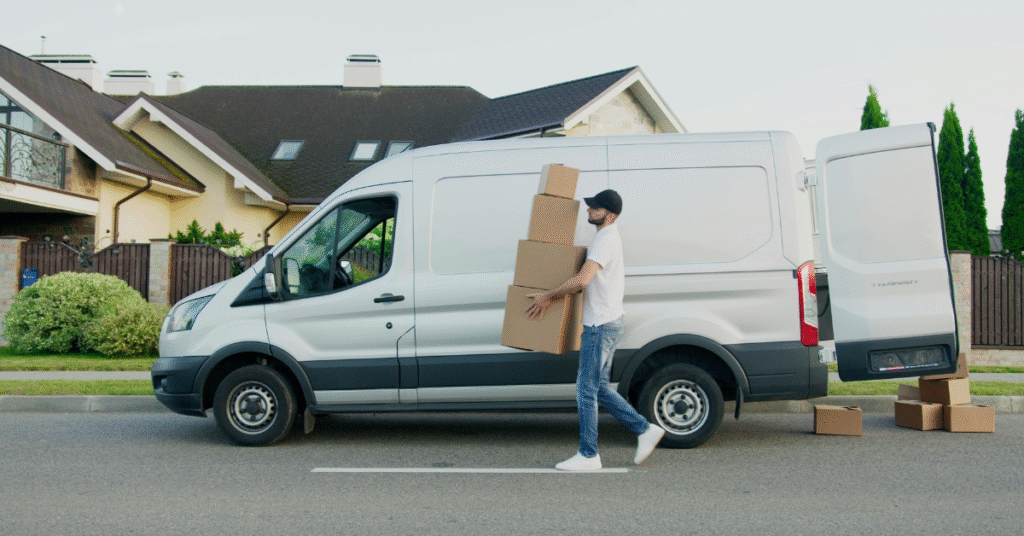Currently Empty: $0.00
10 Tips for Safely Moving Home Gym Equipment
Moving is one of those endeavors that comes with its fair share of challenges, and when it involves home gym equipment, the complexity increases manifold. Home gym equipment can be bulky, heavy, and delicate, requiring special care to ensure it arrives at its new destination without damage. Whether you’re moving a couple of dumbbells or a full-fledged gym setup, knowing how to do it safely and efficiently can save you time, money, and a lot of headaches. Here are ten essential tips to help you safely move your home gym equipment.
What Are Some Tips for Safely Moving Home Gym Equipment?
1. Create a Packing Plan
Before even touching your gym equipment, it’s crucial to develop a comprehensive packing plan. This plan should outline the steps you need to take, the materials you’ll need, and the timeline for the move. Start by making an inventory of all your equipment. Note down any special instructions for disassembling and packing each item. A well-thought-out plan will help you stay organized and ensure nothing is overlooked.
2. Read the Manuals
Most gym equipment comes with user manuals that include detailed instructions on how to assemble and disassemble the pieces. These manuals are invaluable when it comes to moving. Take the time to read through them and understand the disassembly process. If you’ve misplaced the manuals, you can often find electronic versions on the manufacturer’s website. Following the manufacturer’s guidelines will prevent damage and make reassembly much easier.
3. Disassemble with Care
Disassembling gym equipment can be tricky, and it’s easy to lose screws and small parts in the process. Use zip-lock bags to keep all small parts secure and label them clearly. Take photos of the equipment before disassembly to have a visual reference for reassembly. Start with the largest and most complex pieces and work your way down. Remember, patience is key here; rushing through the disassembly process can lead to mistakes and potential damage.
4. Use Proper Packing Materials
The right packing materials make all the difference when it comes to safely moving home gym equipment. Use high-quality moving boxes, bubble wrap, packing paper, and furniture blankets. Wrap each piece of equipment carefully to protect it from scratches and impacts. For heavier items, consider using moving pads or blankets. Invest in durable, heavy-duty boxes that can withstand the weight of your gym equipment.
5. Use Proper Lifting Techniques
Lifting heavy gym equipment incorrectly can lead to serious injuries. It’s essential to use proper lifting techniques to protect yourself. When lifting, keep your back straight and bend at the knees, using your legs to lift the weight. Avoid twisting your body while lifting and always ask for assistance with particularly heavy or awkward items. Using lifting straps can also help distribute the weight more evenly and reduce strain on your back.
6. Lift Safely
In addition to proper lifting techniques, ensure that you are physically prepared for the task. Wear appropriate clothing and sturdy shoes with good grip. Clear the path to avoid any tripping hazards and make sure there’s enough space to maneuver. If an item is too heavy or bulky, don’t hesitate to use moving equipment like dollies, hand trucks, or sliders. Your safety is paramount, and using the right tools can prevent accidents and injuries.
7. Label Clearly
Clear labeling is essential for staying organized during the move. Label each box with its contents and the room it belongs to. For disassembled equipment, label the parts and the corresponding zip-lock bags with screws and bolts. This will save you time and frustration when it comes to reassembling everything in your new space. Use waterproof markers or labels to ensure they don’t smudge or fall off during the move.
8. Full Risk Assessment
Conducting a full risk assessment is an often overlooked but crucial step. Evaluate potential risks such as sharp edges, heavy weights, and narrow pathways. Identify any potential hazards and plan how to mitigate them. For example, cover sharp edges with padding and map out the safest route for moving heavy items. Being aware of and planning for these risks can prevent accidents and ensure a smoother move.
9. Label and Organize
Once everything is packed and ready to go, organize your equipment logically. Keep similar items together and group smaller items in labeled boxes or containers. This organization will make unpacking and setting up in your new home much easier. For instance, keep all weight plates in one box and label it accordingly. By maintaining this level of organization, you’ll streamline the entire moving process.
10. Consider Professional Assistance
If the thought of moving your home gym equipment still feels overwhelming, don’t hesitate to seek professional assistance. Professional movers have the experience, tools, and expertise to handle heavy and delicate gym equipment safely. They can also provide additional services such as packing, disassembly, and reassembly.
In Conclusion
When it comes to moving your cherished home gym equipment, planning is key to ensuring both safety and ease. Begin by thoroughly cleaning and disassembling each piece according to the manufacturer’s guidelines to prevent any damage. Remember to use proper lifting techniques and consider tools like dollies and straps for heavier items. For particularly bulky or complex pieces, trusting a professional moving company in Allen, TX can make all the difference. By following these steps, you can protect your investment and seamlessly set up your new fitness space.






